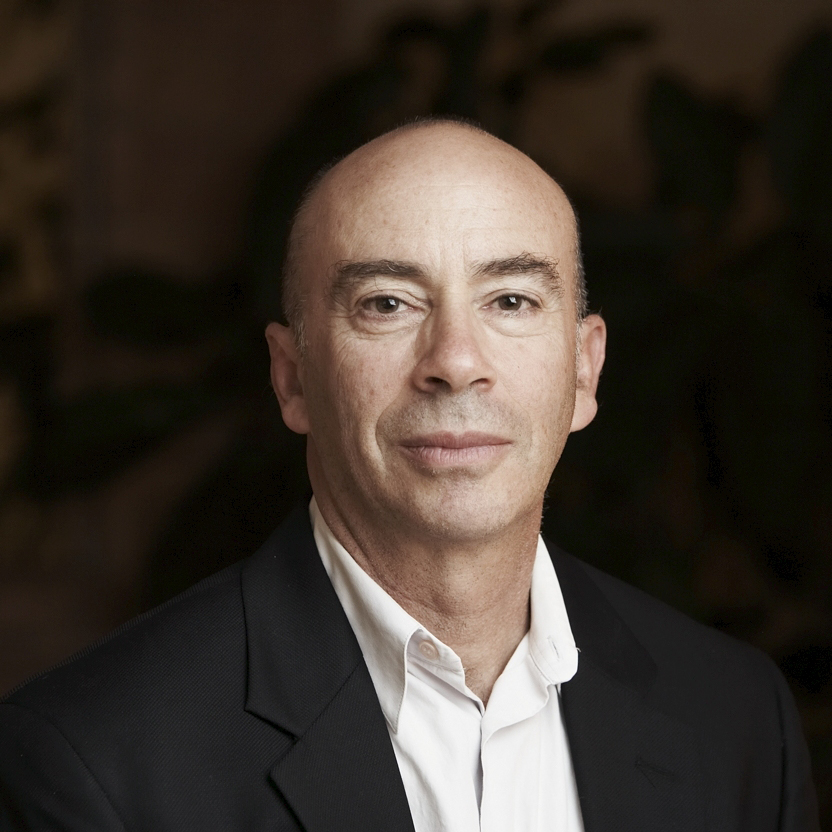Right now, it feels as though we are between worlds, and the need for compassion, and for wise leadership, has perhaps never been greater. This is almost always true, but the stakes and intensity appear particularly profound at this juncture. Major changes in world assumptions about race, communities, economies, politics, health care, and our food and water systems are collapsing and being reborn at the same time.
All are being catalyzed and transformed with this same power — the power of shifting from autopilot and denial, fear and greed, to greater attention, awareness, and wakeful consciousness; the power of acknowledging our pain and the possibility of transforming this pain through not turning away, right in the midst of our intense discomfort. All, right in the midst of accumulated racism, going back in history to the founding of our country, and deep into the history of humans.
Greed and hatred have been popular, and incredibly destructive forces for thousands of years. Perhaps we are at the brink of waking up to what is, and to what is possible. I’m holding this cautious optimism. This awareness — of greed and hate, power and powerlessness, of the poignancy of how difficult it is to change and grow, combined with the fleeting nature of our lives, can at times feel crushing.
I’m reading Thin Places, a non-fiction book of essays by Jordan Kisner. She writes that “thin places” is a Celtic concept that comes from an old proverb that says:
“Heaven and earth are only three feet apart, but in the thin places, that distance is even smaller.”
She goes on to describe thin places as:
“Invisible things, like music, or love or dead people or God, might become visible there…Distinctions between you and not-you, real and unreal, worldly and other worldly fall away.”
These days feel poignantly like thin places, between pain and possibility, dread and hope, being alone and being together. Many are feeling and living in the thin places between rage and love, past and future, connection and disconnection.
The question that arises in my heart, in these thin places, and in all places, is around connection. How can we shift from disconnection to connection, from mistrust to trust, from fear to love? How can we see, feel, and embody our similarities and profound connection as humans on this small, fragile planet?
I’ve been reflecting on a few lines of a poem by Zen teacher Thich Nhat Hanh that calls out to see and feel from a variety of perspectives. The poem is called Please Call Me By My True Names:
I am a frog swimming happily in the clear water of a pond. And I am the grass-snake that silently feeds itself on the frog.
I am the child in Uganda, all skin and bones, my legs as thin as bamboo sticks. And I am the arms merchant, selling deadly weapons to Uganda.
I am the twelve-year-old girl, refugee on a small boat, who throws herself into the ocean after being raped by a sea pirate.
And I am also the pirate, my heart not yet capable of seeing and loving…
My joy is like Spring, so warm it makes flowers bloom all over the Earth. My pain is like a river of tears, so vast it fills the four oceans.
Please call me by my true names, so I can hear all my cries and laughter at once, so I can see that my joy and pain are one.
Please call me by my true names, so I can wake up and the door of my heart could be left open, the door of compassion.
It’s time. This time is asking us to find a way to open our hearts and enter the door of compassion.


